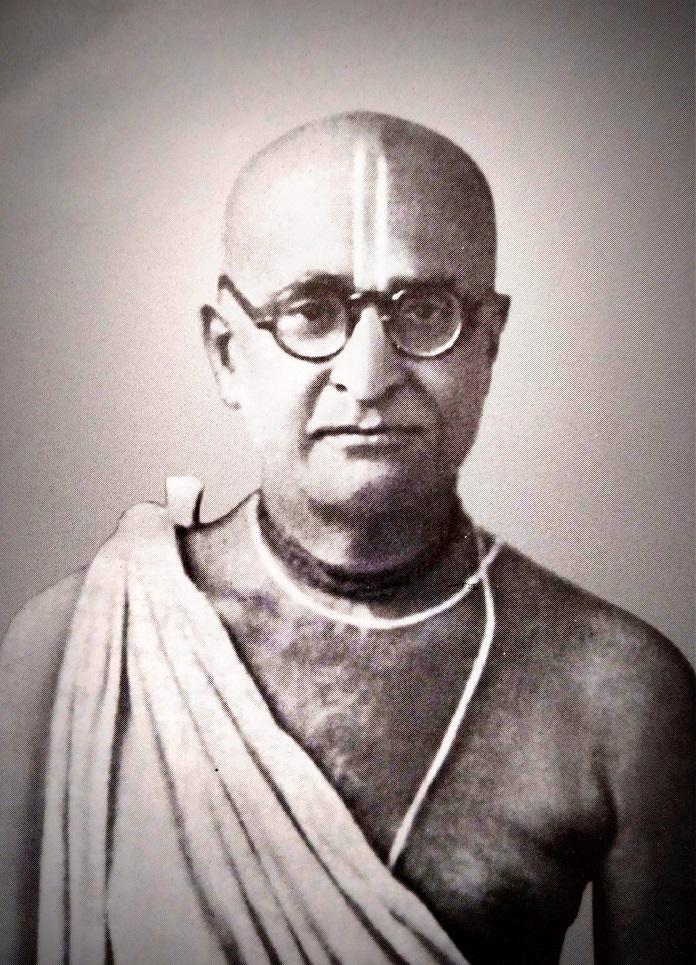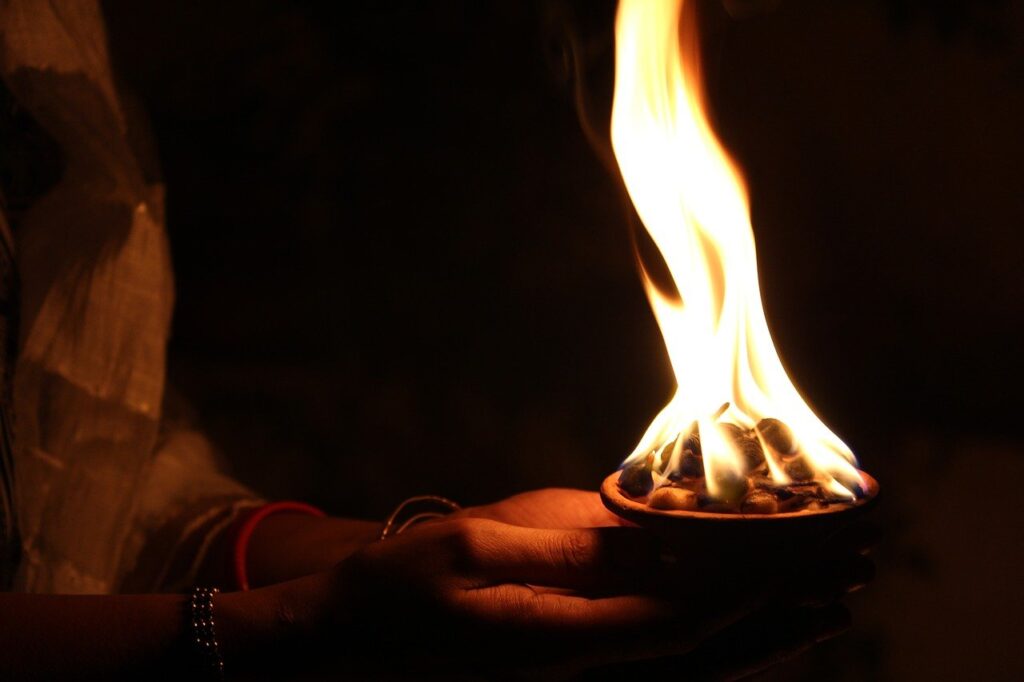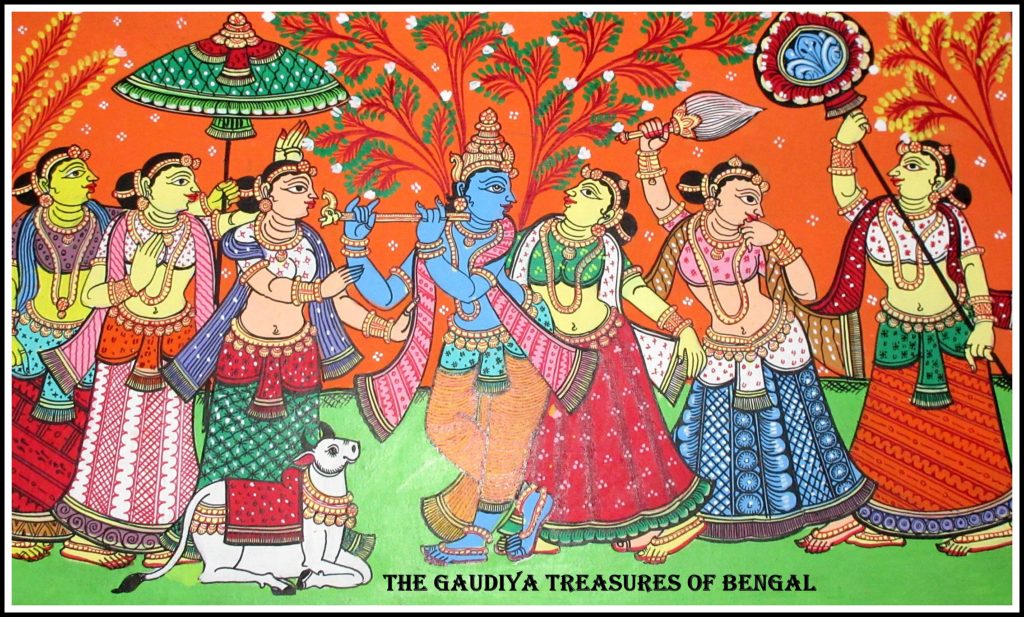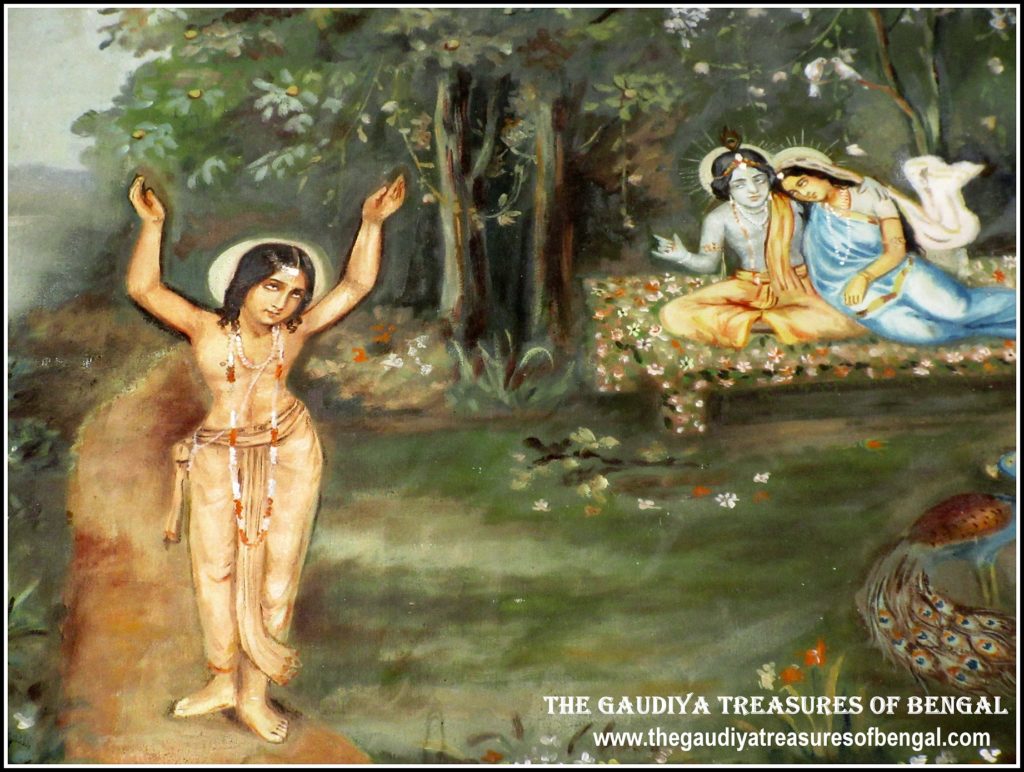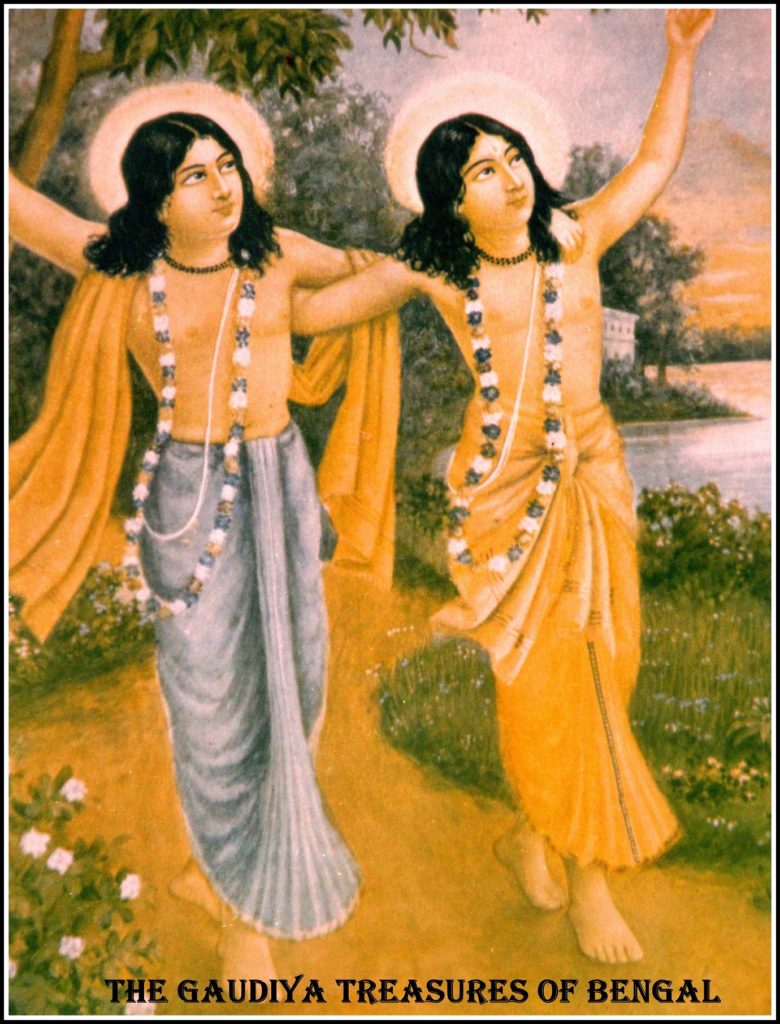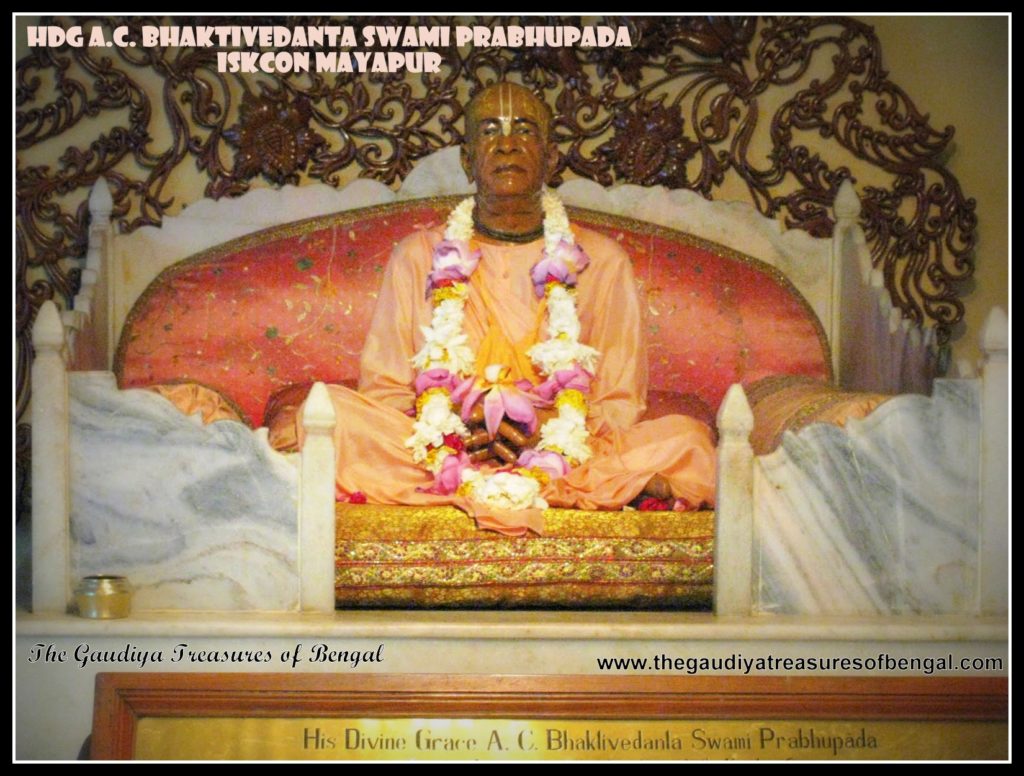
Sri Gour Mohan De and Srimati Rajani devi became the proud parents of Sri Abhay Caranaravrinda Bhaktivedanta Swami Prabhupada (Srila Prabhupada) on the 1st of September, 1896. A.C Bhaktivedanta Swami Prabhupada (1896 AD-1977 AD) or Abhay Carana, as he was previously called, was born on the auspicious occasion of Nandotsava, at the home of his maternal grandparents, in the suburbs of Tollygunge in Kolkata. The fortunate jackfruit tree under which he was born stands tall this day. Kolkata (erstwhile Calcutta) back then was the capital of British India and the ‘second city’ of the British Empire. The British and the Indians lived in separate parts of the city although they intermingled during work and business. The Indians lived more towards the north of the city while the British lived amongst their theatres, racetracks, and cricket fields in central Calcutta. Sri Gour Mohan De used to reside along with his family in his rented house at 151 Harrison Road (refer – ‘Srila Prabhupada’s pastime places in Central Kolkata’). He was a cloth merchant with moderate income and belonged to the aristocratic ‘Suvarna banik’ (gold merchant) community. We cannot help at this point but contemplate upon the exalted pastimes of another eternal associate of the Lord, Sri Uddharana Datta Thakura, who also belonged to this gold mercantile community (refer – ‘Sri Uddharana Datta Thakura Sripat, Adisaptagram’). Soon after Srila Prabhupada was born, an astrologer had prepared a horoscope for the child and made an accurate prediction. He prophesied that when Srila Prabhupada would reach the age of seventy, he would cross over the oceans, become a great preacher of religion and inaugurate 108 temples.
